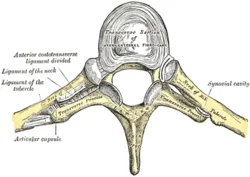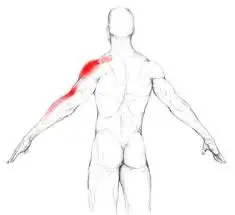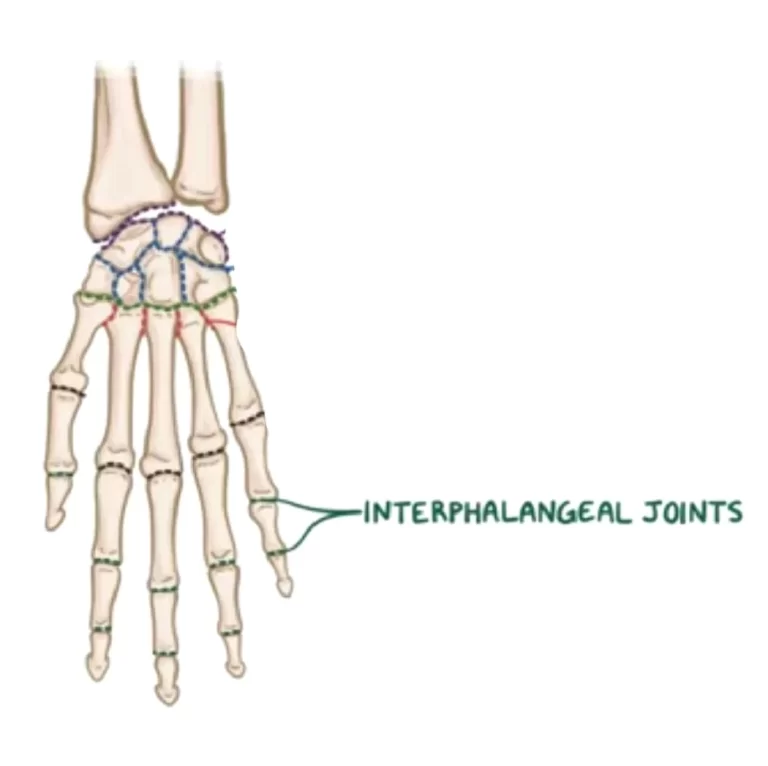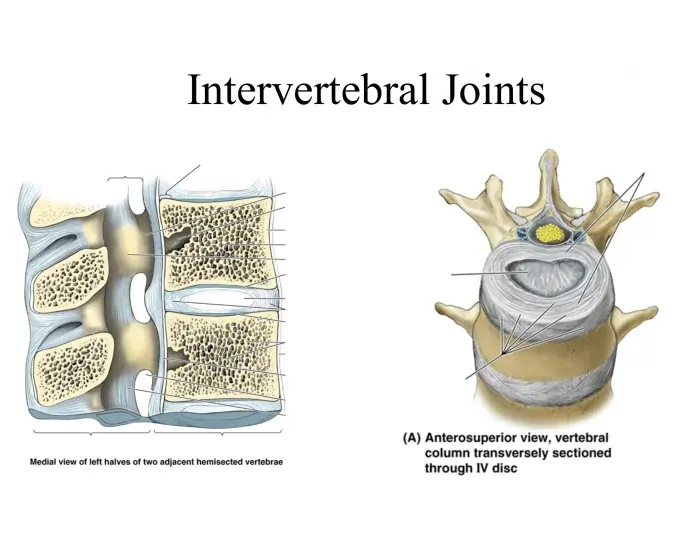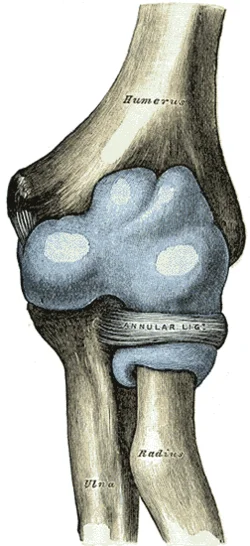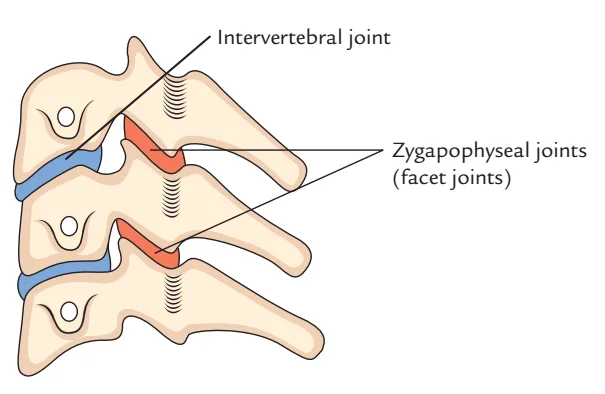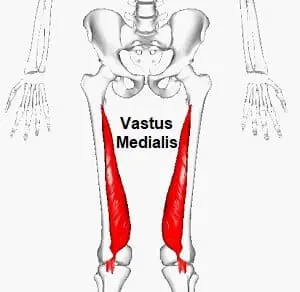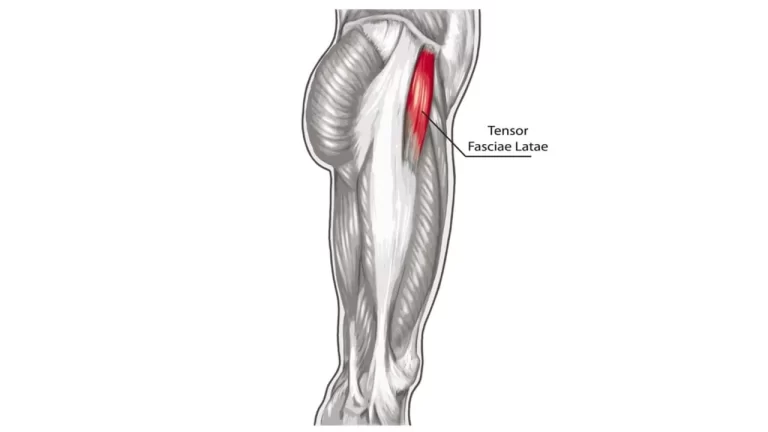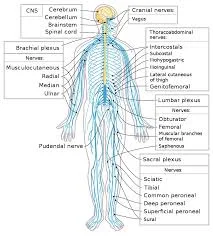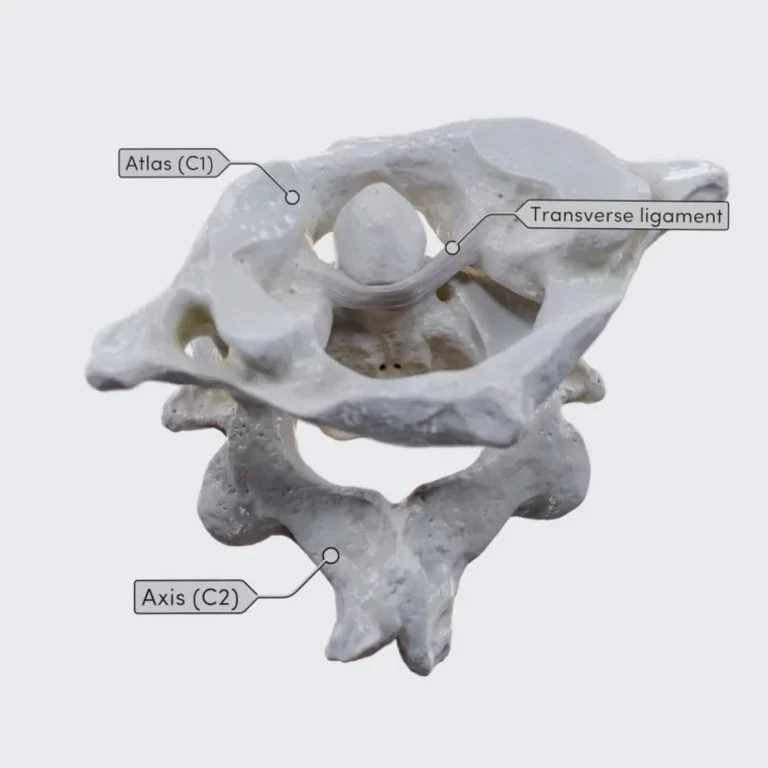Costovertebral joints
The costovertebral joints are synovial joints that connect the ribs to the thoracic vertebrae. Each rib articulates with the vertebral body at two points: the costocorporeal joint (between the rib head and the vertebral bodies) and the costotransverse joint (between the rib tubercle and the transverse process). These joints facilitate rib movement during respiration and…

